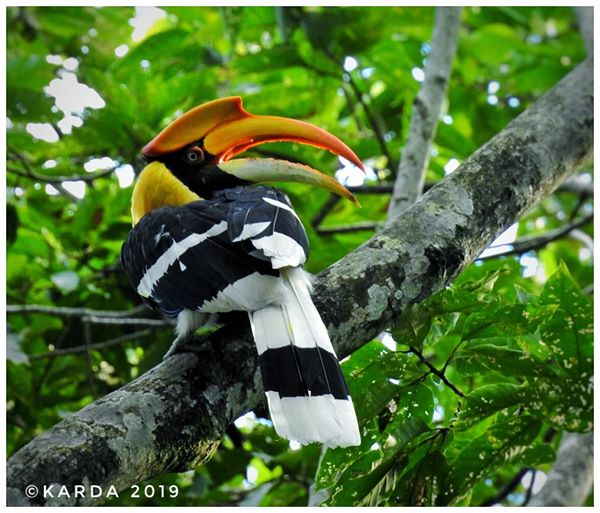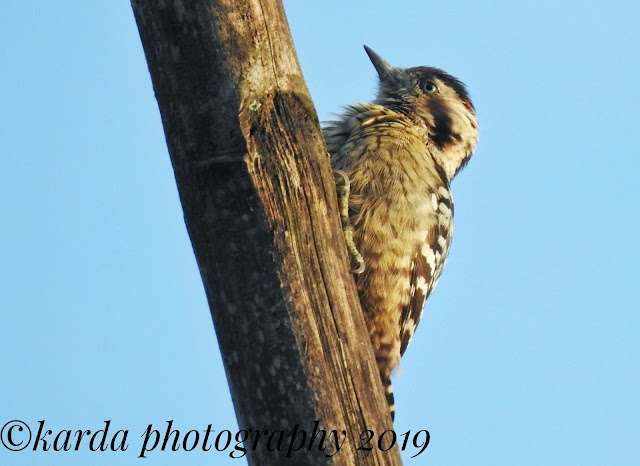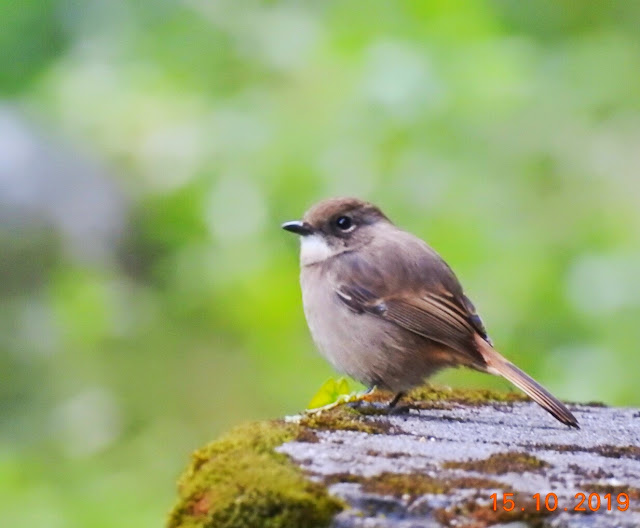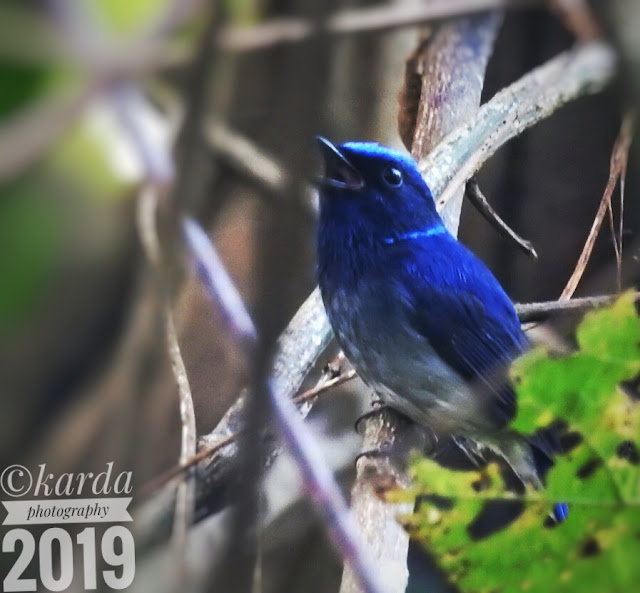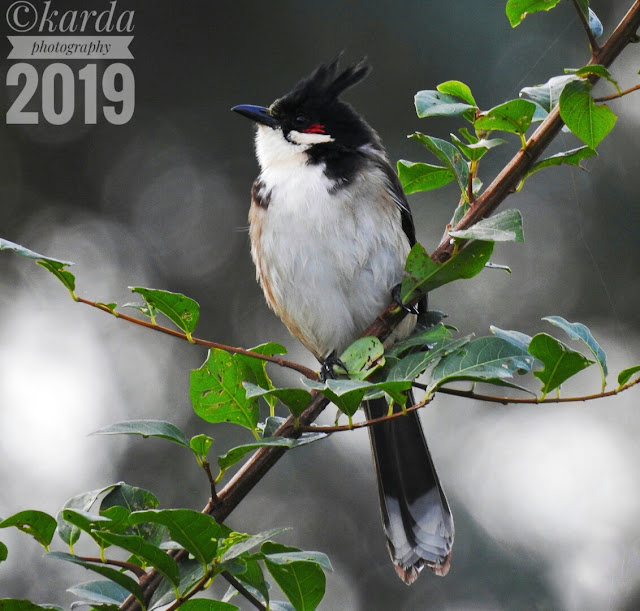Bird's Behaviour during Lockdown, Personal Experiences and Observations
The
Royal Government of Bhutan on August 11, 2020, announced its first Nationwide Lockdown
following a report of a COVID-19 positive case in Gelephu. Since then, the nation
came together to render their inescapable support to the government and
frontline workers to combat the COVID-19 in the country. As part of
uniformed personal started to support the nation’s effort to keep the COVID-19
at bay by helping the frontline workers to implement the lockdown protocols ushered by the government and the Ministry of Health.
 |
| Red-collared Dove female feeding on Highway |
 |
| Red-collared Dove male feeding on Highway |
During
the patrolling of Gelephu-Sarpang highway and Dekiling gewog as part of COVID-19 the task force, several behaviours such as movement patterns, feeding patterns, and distress
calls have been observed especially during the first three days. The incidences
of nearly 3 to 5 different species of birds were observed during the first
three days of the lockdown. It included migratory and other native birds found
in the location.
 |
| White-throated Kingfisher |
When
there was no human movement on the street, highway or in the village, a greater
number of species were seen encroaching the human settlement for nutrition. The
variety of species visiting particular areas for feeding has increased from day
one to day three during the lockdown. For instances, during the third day of
lockdown, birds such as Wreathed hornbill, great hornbill, and Black-napped
Monarch has started to make their visit in farming yards just like any other
starlings and mynas which are so common in this location. It is therefore
deduced that birds find their space when there is less or no human movement.
This is a positive impact of corona pandemic for birds.
 |
| Black-winged Kite |
Additionally,
it was also observed that there were emotional disturbances in birds through
the distress call they made during the last three days of lockdown. There was fewer
songs, contact calls and begging calls but more of a fighting calls and alarm
calls. It may be due to a greater number of species present, yet it also
indicates the degree of emotional disturbances in urban birds.
 |
| Wreathed Hornbill in Farm Yard |
Therefore, for the first three days of lockdown, it was imperative to see that even the birds demonstrating certain traits and behaviours. The indication of such traits could be due to the unusual limited human movement in the area due to lockdown where the avian circadian system has detected a certain change in the biological rhythms in the space.



















